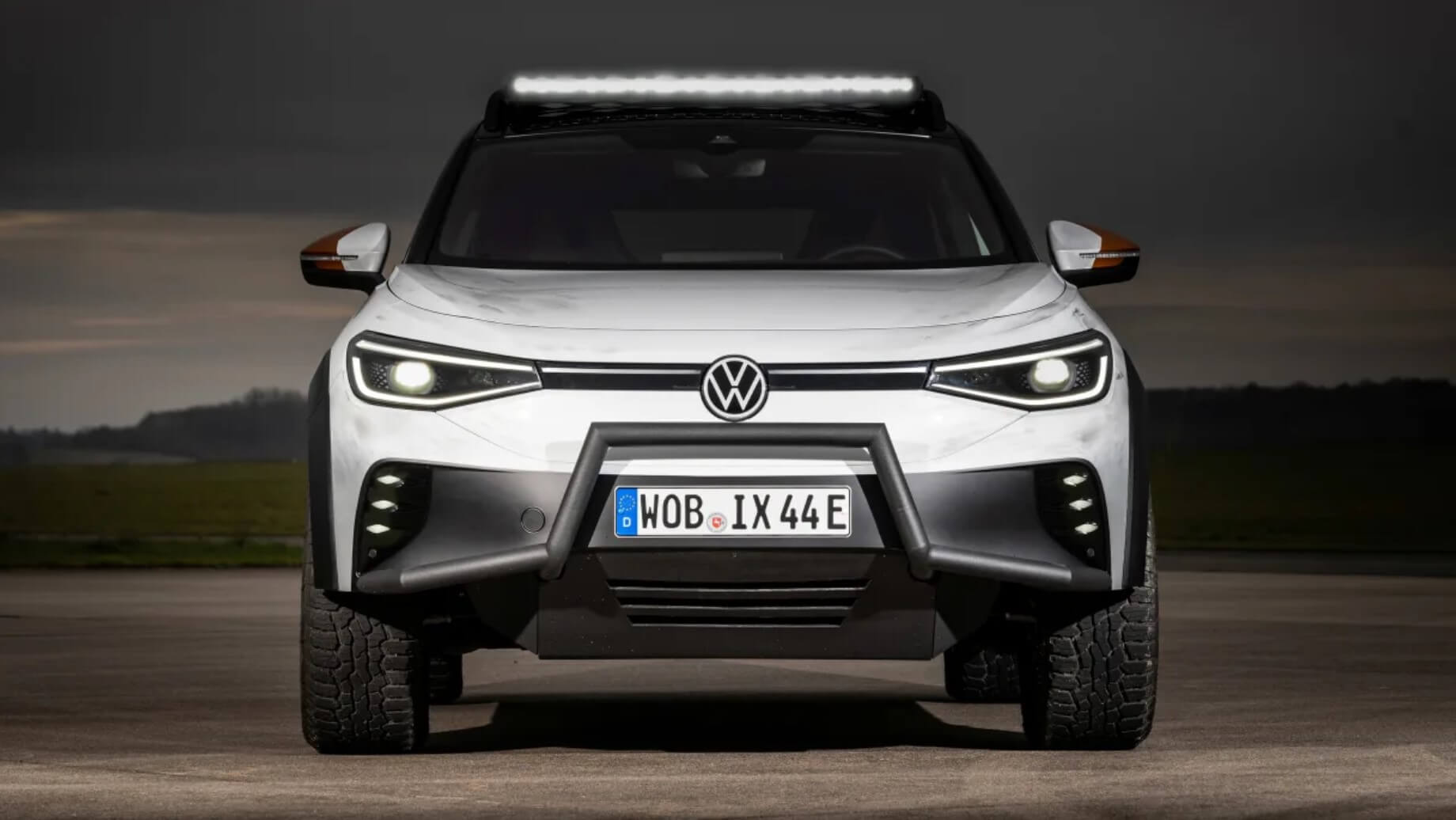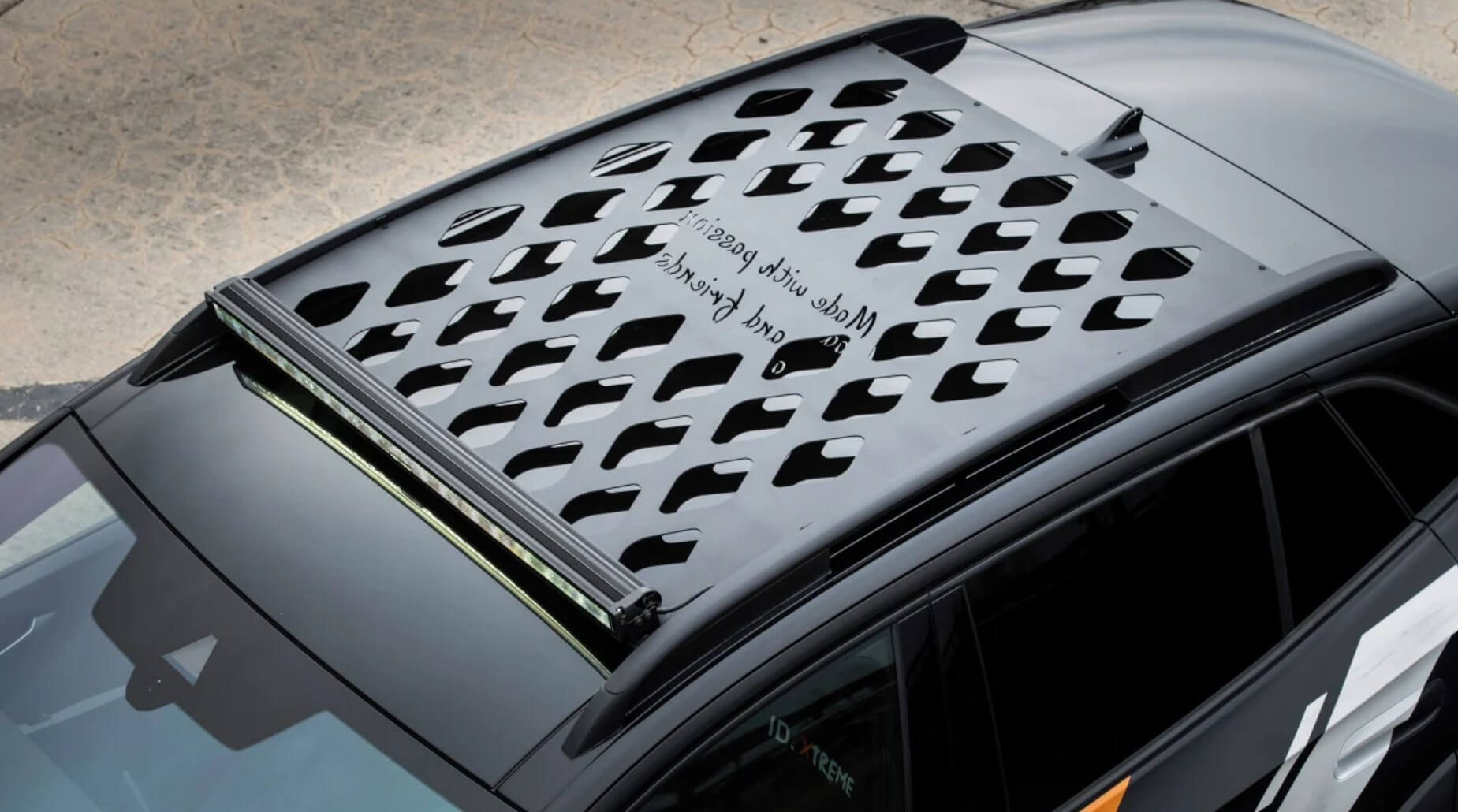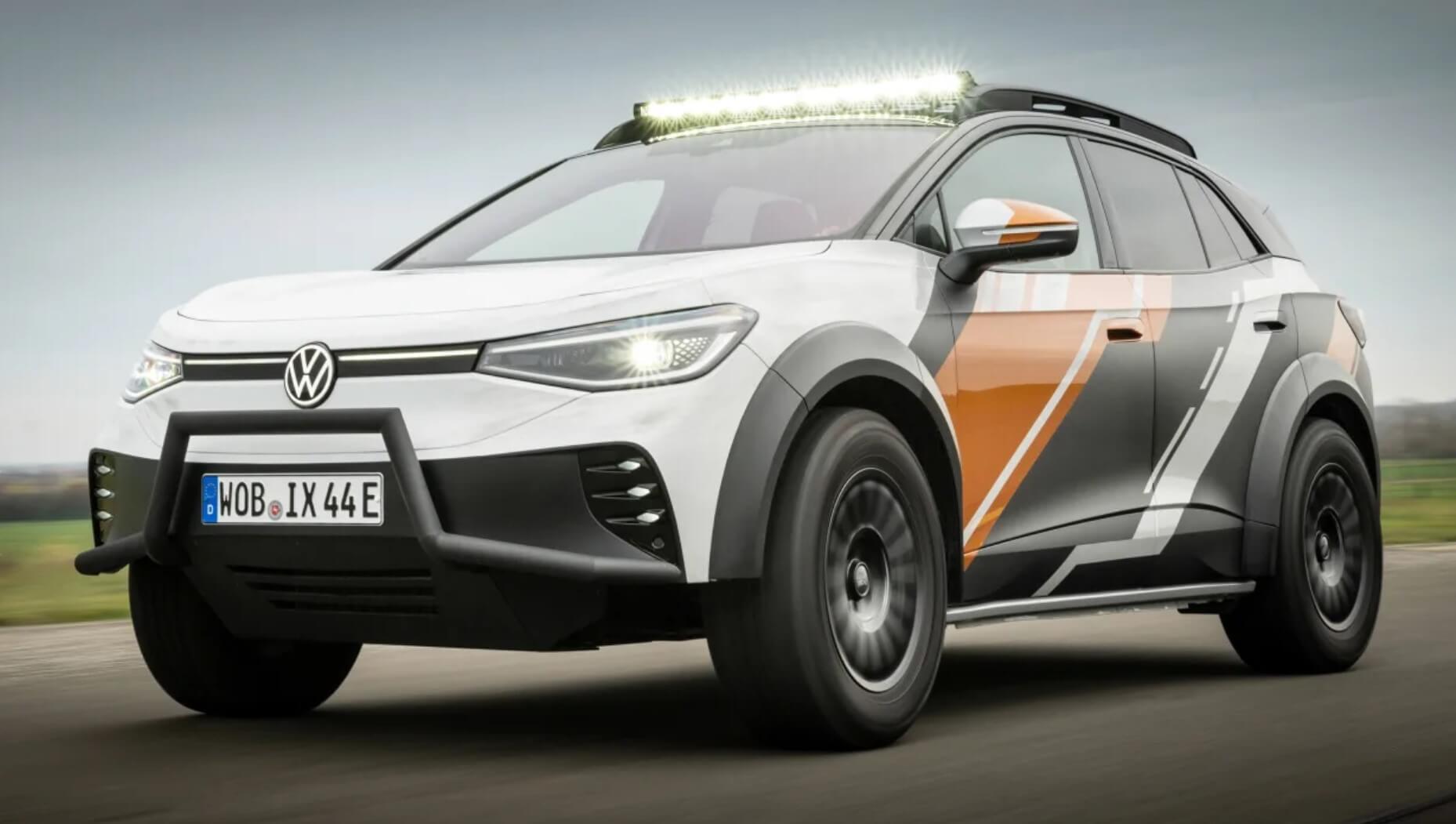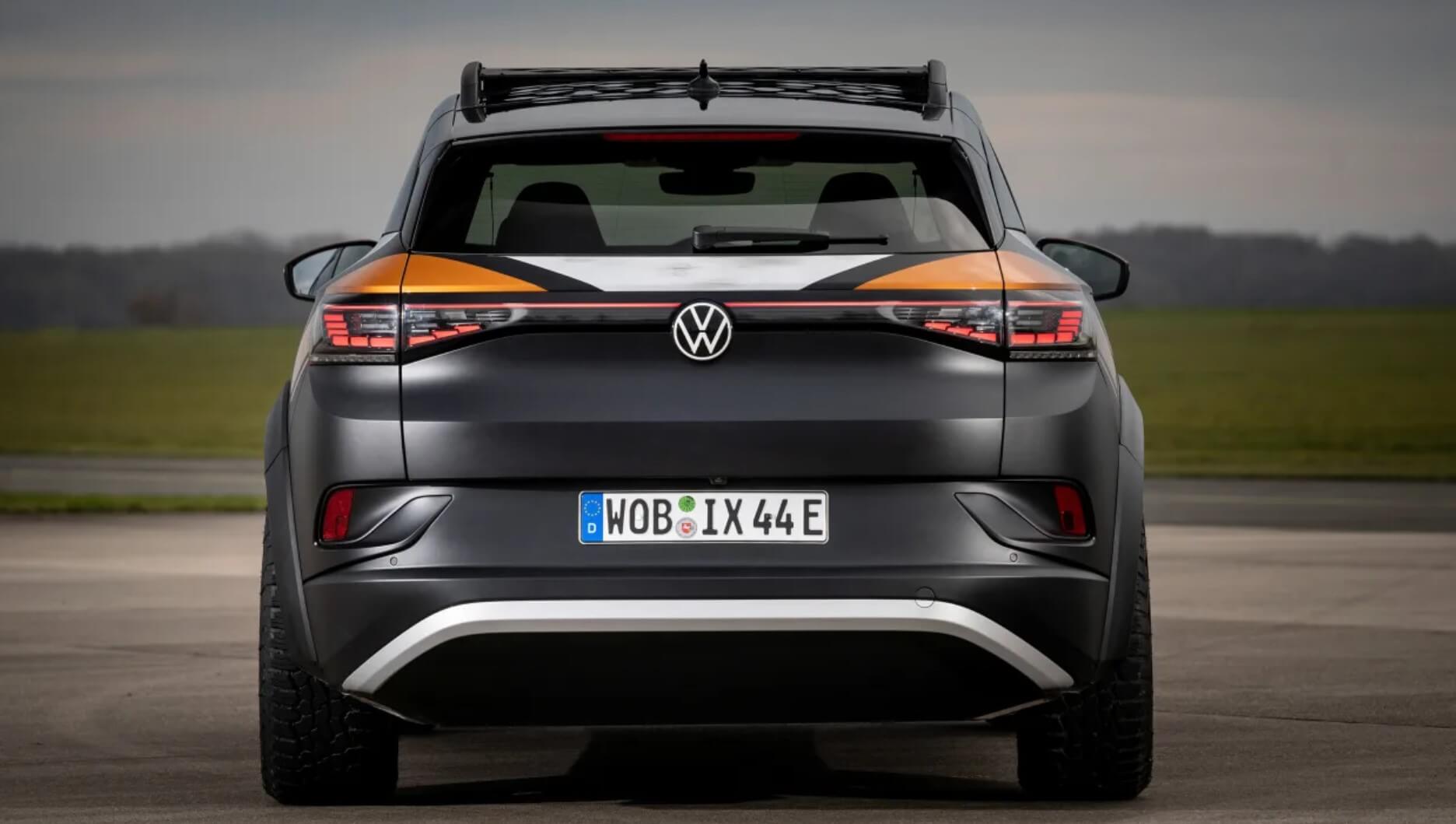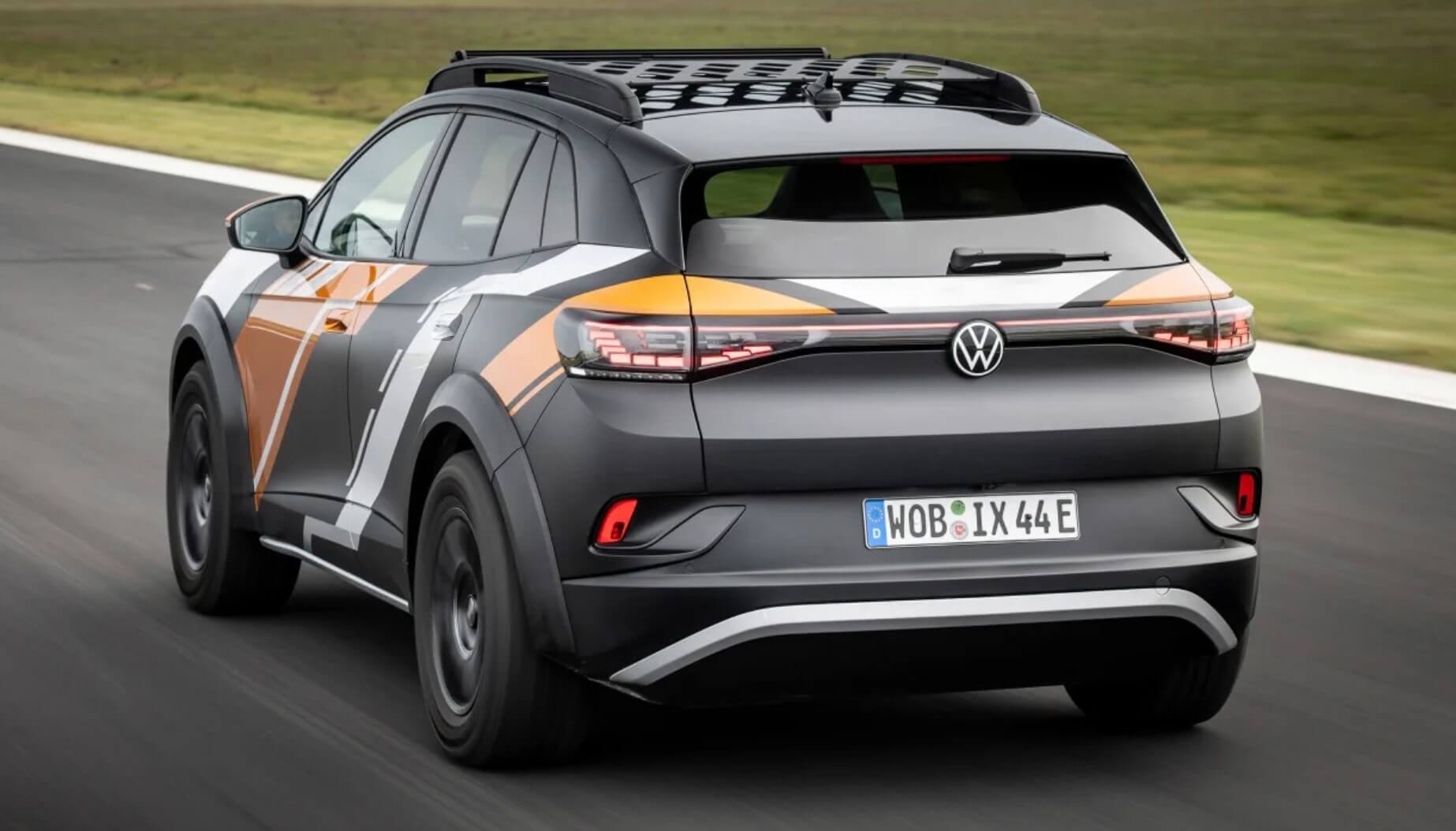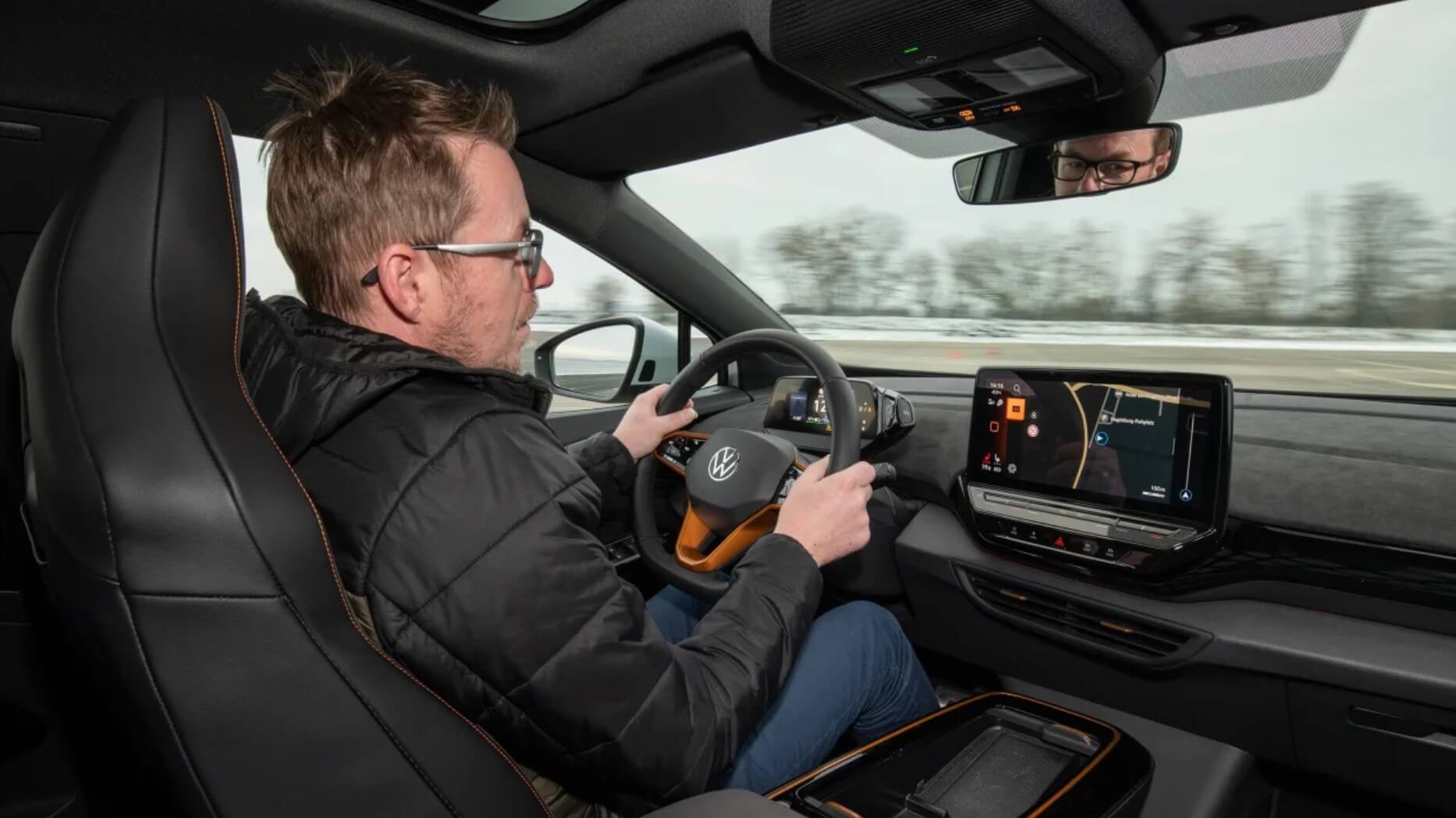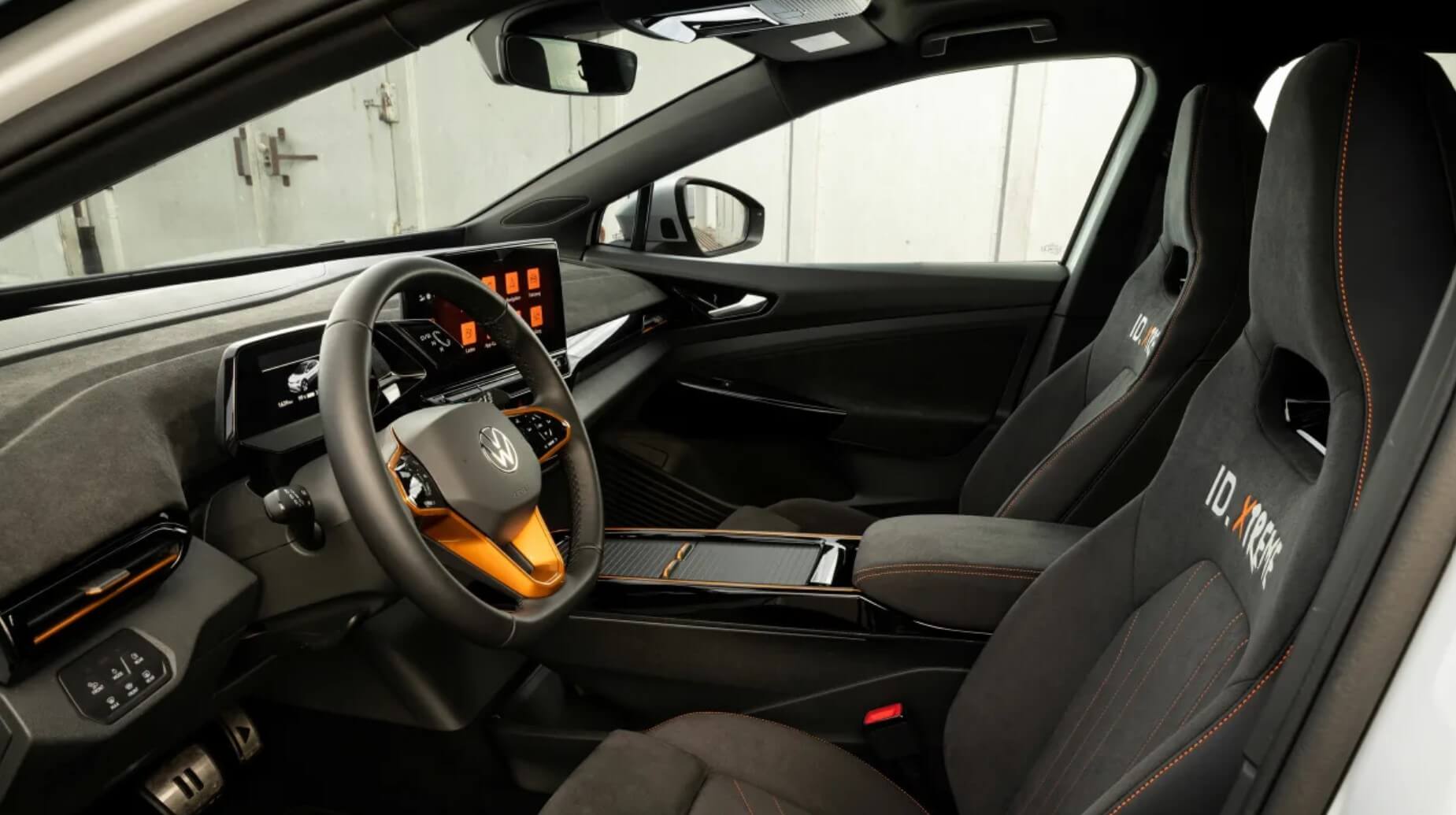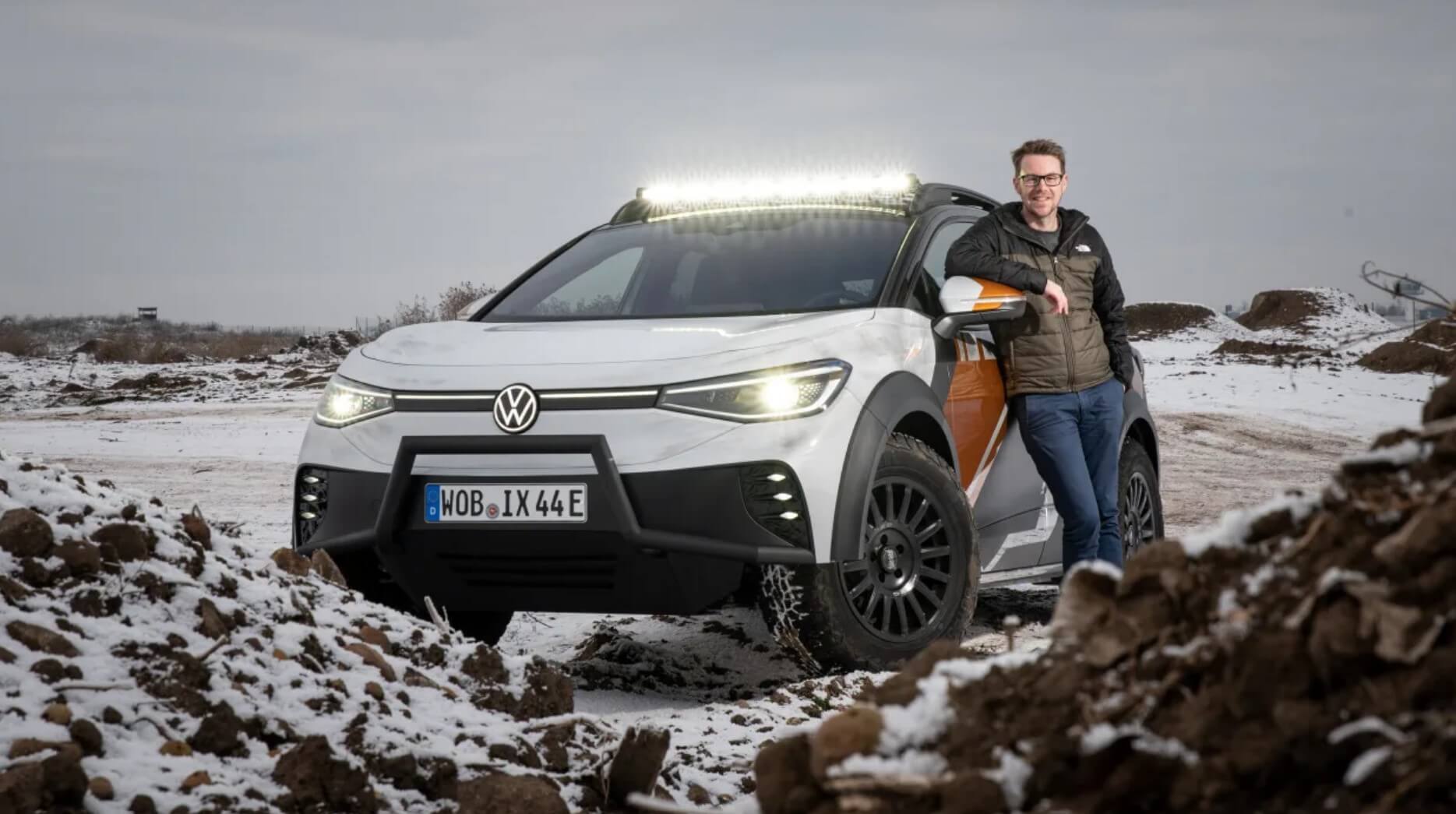Volkswagen Australia’s wishlist of electric cars is growing…and the ID Xtreme might be another one to add if it makes it to production.
As concept cars go, the Volkswagen ID. Xtreme isn’t as much of a pie-in-the-sky machine as some. For a start, it moves under its own power – which means Automotive Daily could get behind the wheel to try it out.
But first, some background. The Volkswagen Xtreme was designed, engineered and built by the firm’s 68-person-strong Team Passion and Friends. The concept is based on a second-life ID.4 GTX prototype that was used as a software test and development car during its original development phase, so there’s an element of sustainability and circularity to the Xtreme with the two-and-a-half-year-old development machine having covered around 2000km in its first life.
The ID 4 itself is launching in Australia in 2023, with Volkswagen Australia finally confirming the launch timing for its first electric cars. Unsurprisingly, the local arm also has a wishlist of EV models that it can’t confirm, and if this rugged-style Xtreme model makes it into production in some way, we’re sure it’ll be another one to speculate about.
Equipped with VW’s 77kWh battery, the GTX’s output was increased from 220kW to a total of 285km – quite a leap, with the MEB-based car’s rear motor receiving the biggest upgrade. This development item pumps out 205kW on its own, compared with the standard GTX’s 150kW output, while the front-mounted 80kW motor is unchanged. However, compared with the series production GTX the Xtreme serves up permanent all-wheel drive; its front motor is always working, unlike the GTX, whose front axle only cuts in when the car senses some wheelspin.
This extra power and only a little more weight due to the rugged roof rack and front bash bar – plus chunkier 18-inch wheels and full off-road tyres – means the Xtreme will sprint from 0-100km/h in 5.3 seconds, nearly one full second faster than the ID.4 GTX.
Those wheels are controlled by KW rally sport suspension, which has brought a 30mm increase in ride height. The car’s track has swollen by 20mm all-round too, while new 50mm wider 3D-printed black wheel arch extensions cover the extra width.
They add a suitably off-road look, along with the full-width LED light bar on the roof rack and the paint job; while it features black and orange decals, the white body work has been hand-finished with a brushed effect to give the impression of muddy marks, which has then been lacquered over. It looks cool.
The changes are more subtle inside and amount to a pair of supportive bucket seats finished in black microfibre cloth with orange stitching, ‘Xtreme’ embroidered headrests, plus more soft-touch material for the dash and extra orange accents and a similar switch in colour for VW’s ID. Light dash LED. It’s strictly a four-seater, with more subtly sculpted rear seats, too.
Off the line the Xtreme doesn’t feel as explosive as you might think. It’s clear the team has mapped the power to still come in smoothly rather than with a big thump, such as you’ll find in a Tesla. This is no bad thing, as on our sub-zero test course it means there’s no wheelspin, the all-wheel drive tech simply deploying the power without issue.
As I get rolling the power really comes in and the Xtreme starts to pick up speed rapidly, the whistle from the roof rack actually the best indicator of my rapidly increasing velocity (and drowning out the noise from the Porsche Taycan-sourced external sound generator), as even for a concept, refinement is still good.
Like the standard car, the extra regenerative braking in B mode could still be stronger, but the mechanical brakes are strong and the grip from the chunky tyres in these conditions provides plenty of reassurance.
Jinking through the slalom course VW set for us, the thing that really strikes me about the ID Xtreme is how direct it still is, despite the higher ride height and new rubber.
In fact the expensive-feeling suspension controls the roll (not helped by the still significant weight) relatively well, providing enough feedback through the seat to judge grip, with the wider tyres giving a little more weight to the steering, too. But it’s still direct, despite the off-road-focused tread block design.
The other impressive element is the prototype rear motor. Even with the ESC on it allows for more slip, so you can genuinely bring the rear axle into play through direction changes, using the throttle to subtly steer the car from the rear – or if you want, full donuts can be on the menu too, as we found out.
This is the kind of dynamic interaction we wanted from the ID.4 GTX from day one; the extra grunt and more entertaining effects of the developmental rear motor help overcome the flat-feeling chassis of the GTX.
So how close is the ID Xtreme to a production reality? Well, VW’s team says it was designed “to show the potential of the MEB platform and gauge customer feedback” following its debut at the ID festival in Locarno, Switzerland. The feedback was good, so while the Xtreme might not make it to production as we see it here, elements could trickle down to VW’s ID line-up.
Jumping behind the wheel of Volkswagen’s ID. Xtreme on and off-road (albeit only light work when it comes to the latter) gave us a hint of its extra spirit, something that has arguably been lacking from VW’s ID-badged machines until now, so let’s hope the brand can harness some of this personality for its future production cars.
Volkswagen ID Xtreme concept specs
| Model: | Volkswagen ID. Xtreme concept |
| Price: | N/A |
| Powertrain: | 77kWh/2x e-motors |
| Power: | 285kW |
| Transmission: | Single-speed automatic, four-wheel drive |
| 0-100km/h: | 5.3 seconds |
| Top speed: | N/A |
| Range: | N/A |
| Charging: | 135kW DC |
| On sale: | N/A |




